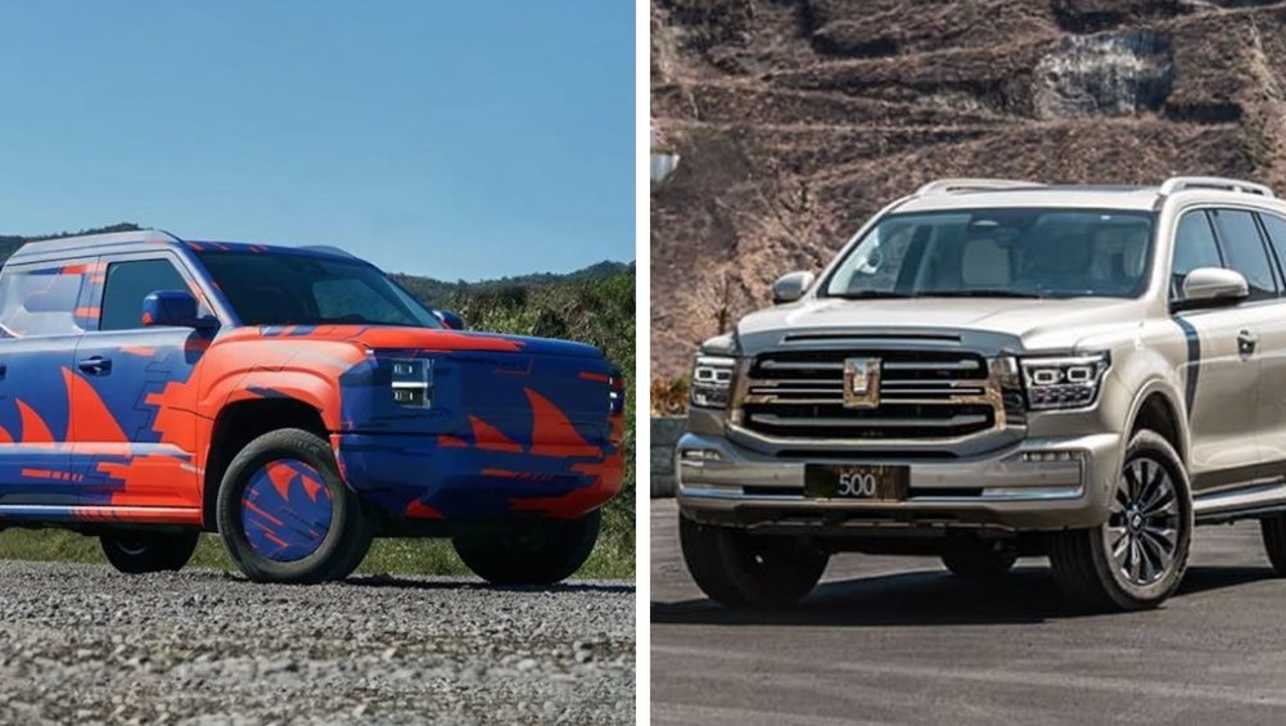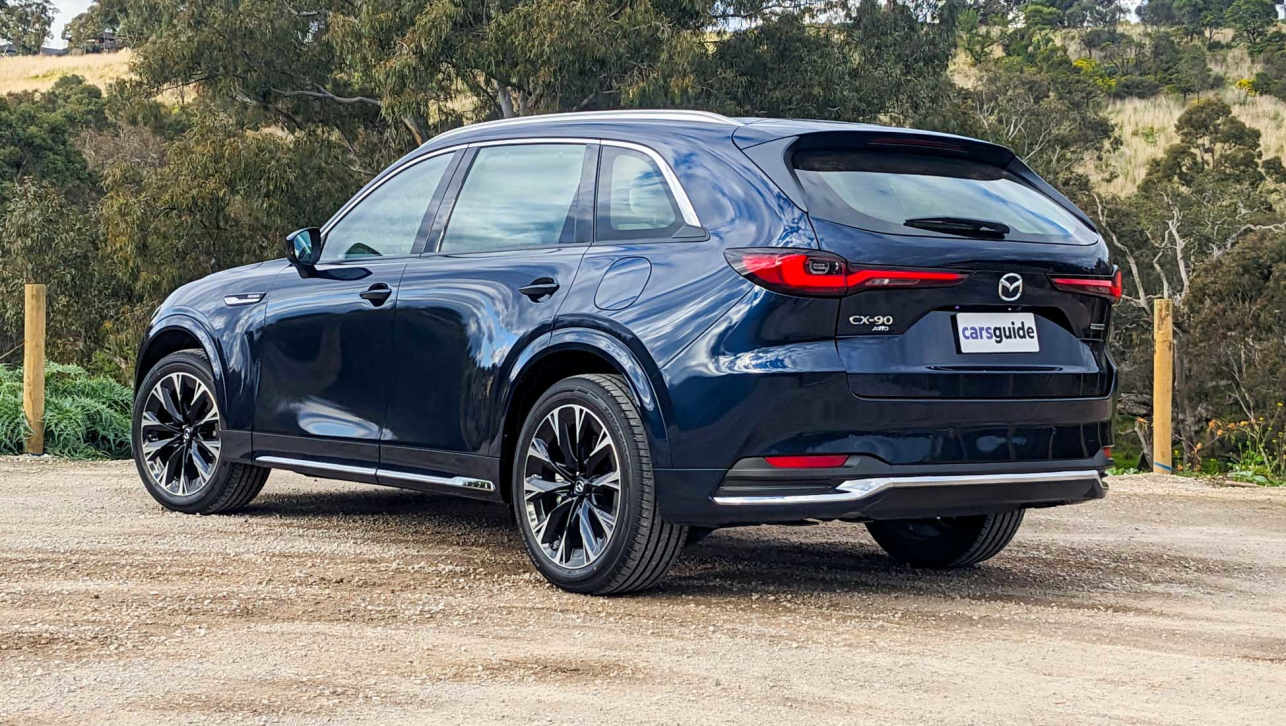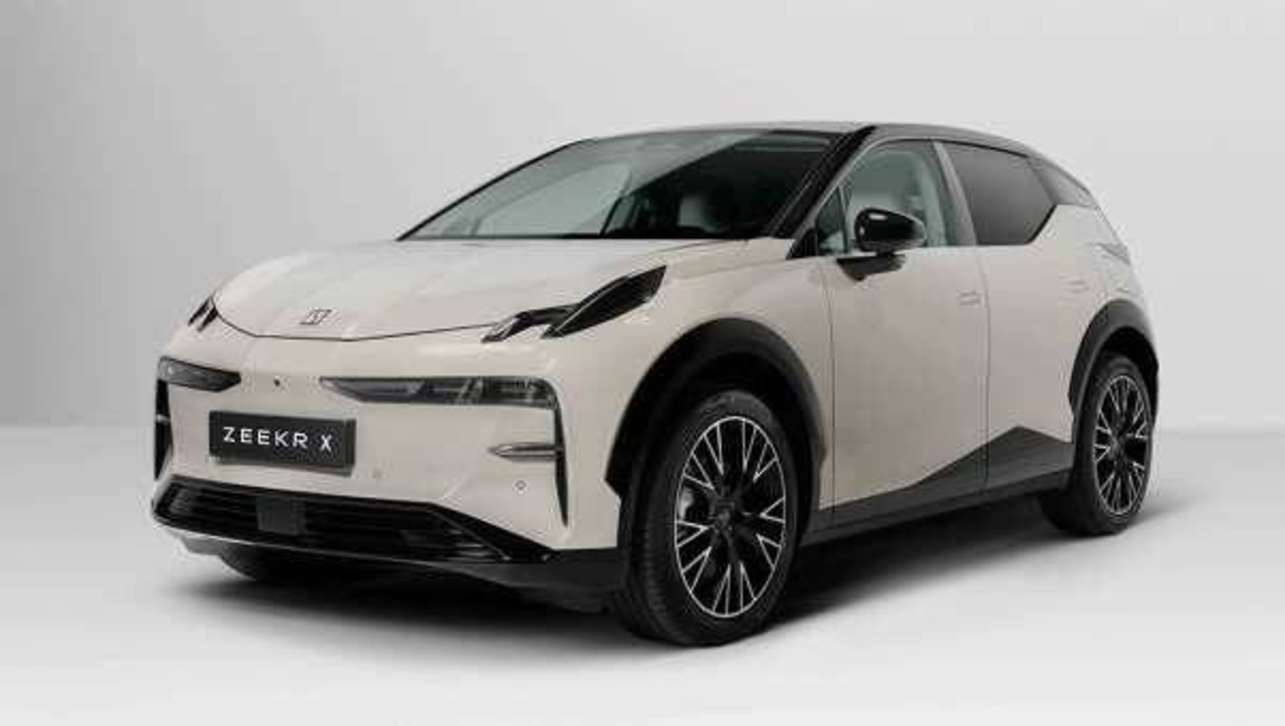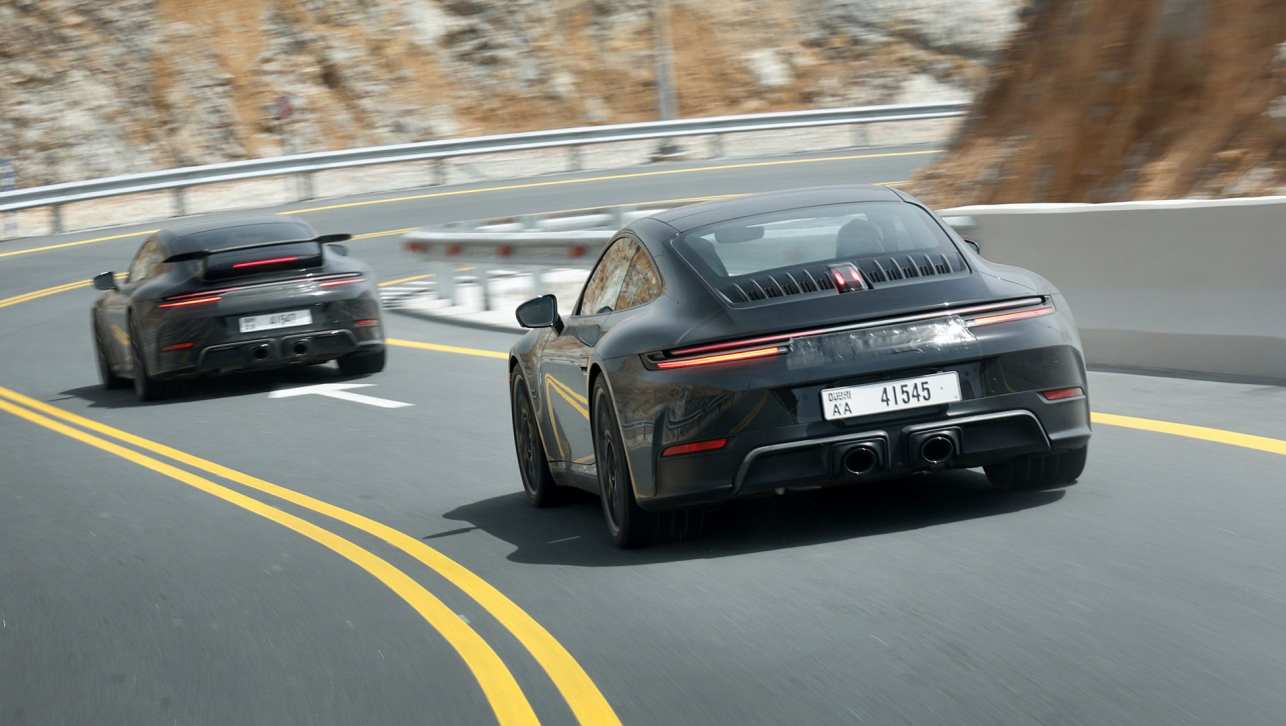Thailand cemented its status as the second biggest producer of new cars bought in this country when the HiLux overtook Commodore sales, but that’s set to change.
Getting a foot in the door with affordable vehicles, Chinese car makers are currently delivering tech-heavy electric cars, family-friendly SUVs and increasingly intriguing dual-cab utes all at affordable prices.
This diversity is what will be China’s leg-up in an emissions-regulated country. It won’t happen in 2024, and probably not in 2025 but come the end of 2026, China will be the second biggest vehicle importer in Australia.
By the end of Q1 2024, Thailand sold 67,546 vehicles (up 11.2 per cent) compared to 48,498 Chinese-made cars (up 17.6 per cent). As it sits, China would need to sell 39 per cent more cars in Australia to catch the current ute capital.
From 2022 to 2023, Chinese deliveries grew a whopping 57.5 per cent (enough to displace Korea in third spot). Compared to 2017 – when just 5000 new Chinese-made cars found homes in Oz – the deliveries have grown 3888 per cent.
Call it an expected 18 per cent growth this year for China and, assuming Thailand doesn’t fluctuate sales in 2025 or 2026 (itself unlikely), brands like BYD, Chery, GWM, Geely, LDV and Zeekr will have to cumulatively deliver just shy of 60,000 more cars by 31 December 2026.
.jpg)
What's driving more Chinese deliveries?
Unless you’ve been living under a rock, you’ll have encountered a Chinese-made electric car. They’re the ones offering battery propulsion at a minuscule premium over combustion movement.
With changing government legislation the electric car market will continue to grow but, as we’ve seen in other markets, there may be a lag caused by uptake hesitation. This is where other vehicles need to step in.
One-tonne utes and 4x4s are the next frontier for China. The GWM Steed and LDV eT60 were not great starters, but there are stacks of highly-improved products in the pipeline.
.jpg)
GWM’s larger Cannon Alpha ute (with its hybrid powertrain) is likely to deliver an incremental uptick. You have to imagine that JAC’s diesel T9 and BYD’s plug-in hybrid ute (due next year) will drive sales, with all-new models also expected from Chery and Geely featuring various levels of electrification to suit the New Vehicle Efficiency Standard (NVES).
Then there’s the cannibalisation of Thai-made utes that’s bound to happen – the Kia Tasman, for example, will probably eat into HiLux, Ranger and Triton sales further aiding China’s ability to usurp Thailand.
Off-road SUVs such as GWM’s Tank 300 and 500 prove China is getting the hang of capable 4x4s, too. Don’t expect them to outsell Prados, but incremental sales increases are certain. New affordable products to suit families and younger buyers, such as the BYD Seal U and MG 3 will provide similar sales bumps.
.jpg)
Legacy carmakers are looking to China for production in greater numbers at lower costs, too, which is why Australia’s Kia EV5s will hail from Kia’s Yancheng factory rather than the plant in South Korea. Along with the BMW iX3 and Tesla Model Y, this is just the start of a broader trend that will likely improve vehicle affordability and availability.
How do the numbers stack up?
The product aspect of China’s expansion is fairly straight cut. There are multiple products coming from all sorts of brands that suit the tastes of Australian buyers. That doesn’t answer the question of when and how China will overtake Thailand, though.
Diving into each of the brands helps. BYD sales are up 113.6 per cent in Q1 2024 and it’s hard not to see the brand’s size at least double from this year, possibly adding 18,000 sales in 2026.
In 2022, Chery bullishly announced it was targeting 70K annual sales by 2027 but that’s not looking realistic. The first quarter of 2024 puts Chery on a course for 8000 deliveries this year. New products could see this figure more than double quite easily in 2026, so we’ll add 10,000 sales on Chery’s shoulders.
.jpg)
A more conservative brand when it comes to growth, GWM’s 24.5 per cent year-on-year improvement may fluctuate. Safe to expect it to add around 9000 sales to China’s tally in 2026.
LDV is in a similar situation, so we’ll call it static. Its sister passenger car brand MG is likely to grow again, though without a ute that’ll be less substantial. A conservative 10,000 sales more in 2026 seems reasonable.
Then it’s Tesla. Taking the Silicon Valley mantra ‘move fast and break things’ seriously, its growth has been astronomical. Without significant new launches (certainly the Model 2 is on rocky ground) its growth might slow. We’ll add an extra 5K for good measure.
.jpg)
That leaves some new brands, JAC – targeting 10,000 sales in its first year, likely to get there by 2026 – and premium brand Zeekr that we’ll give 5K worth of sales potential by the end of 2026.
Add those numbers up and you arrive at a conservative growth potential of 67,000 sales by 2026 for China. That’s ignoring joint ventures where legacy OEMs may choose to produce Australian-bound vehicles in China as Kia will do with its EV5 medium SUV.
Considering Thai manufacturing levels are likely to stay consistent (or even soften slightly by then), it’s very difficult to imagine a world where China doesn’t usurp Thailand’s second place by the end of 2026. Next up? Japan.










.jpg)


 (1).jpg)

.jpg)





.jpg)
.jpg)
.jpg)




.jpg)
.jpg)
Comments